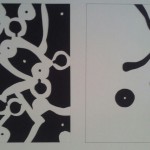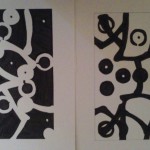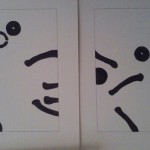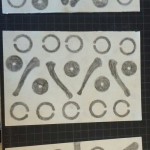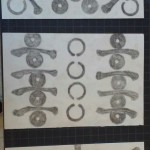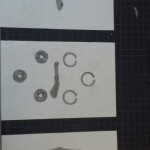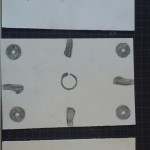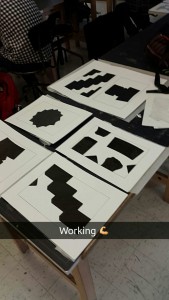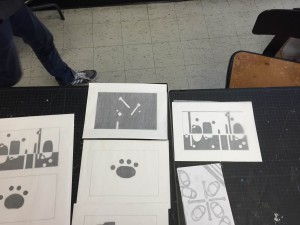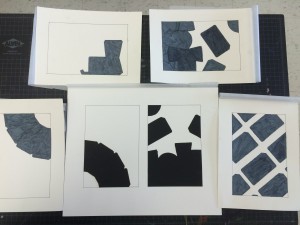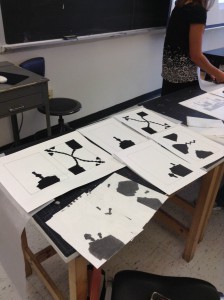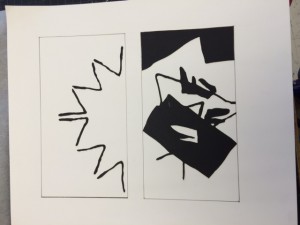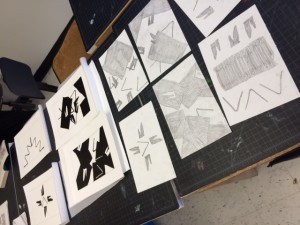At the beginning of this project I was unsure of what to expect. I thought to myself why would we be picking up objects from the streets? what can we possibly do with this stuff? I ended up learning a lot of stuff. The meaning of ambiguous and stable. I already had an idea of negative and positive space but i leaned more in depth the importance of both. I also learned that I was really bad at creating ambiguous drawings. What I could have done better was creating my sketches with a lot more thought than just placing them on a paper. and tracing them. In my next project I want to do everything with a meaning and a lot more of my own touch to it. With the critiques I never really applied them to my work because I thought thought it would be too late to make them such as making the boarder darker or even going back to my sketches and making them less symmetrical.
